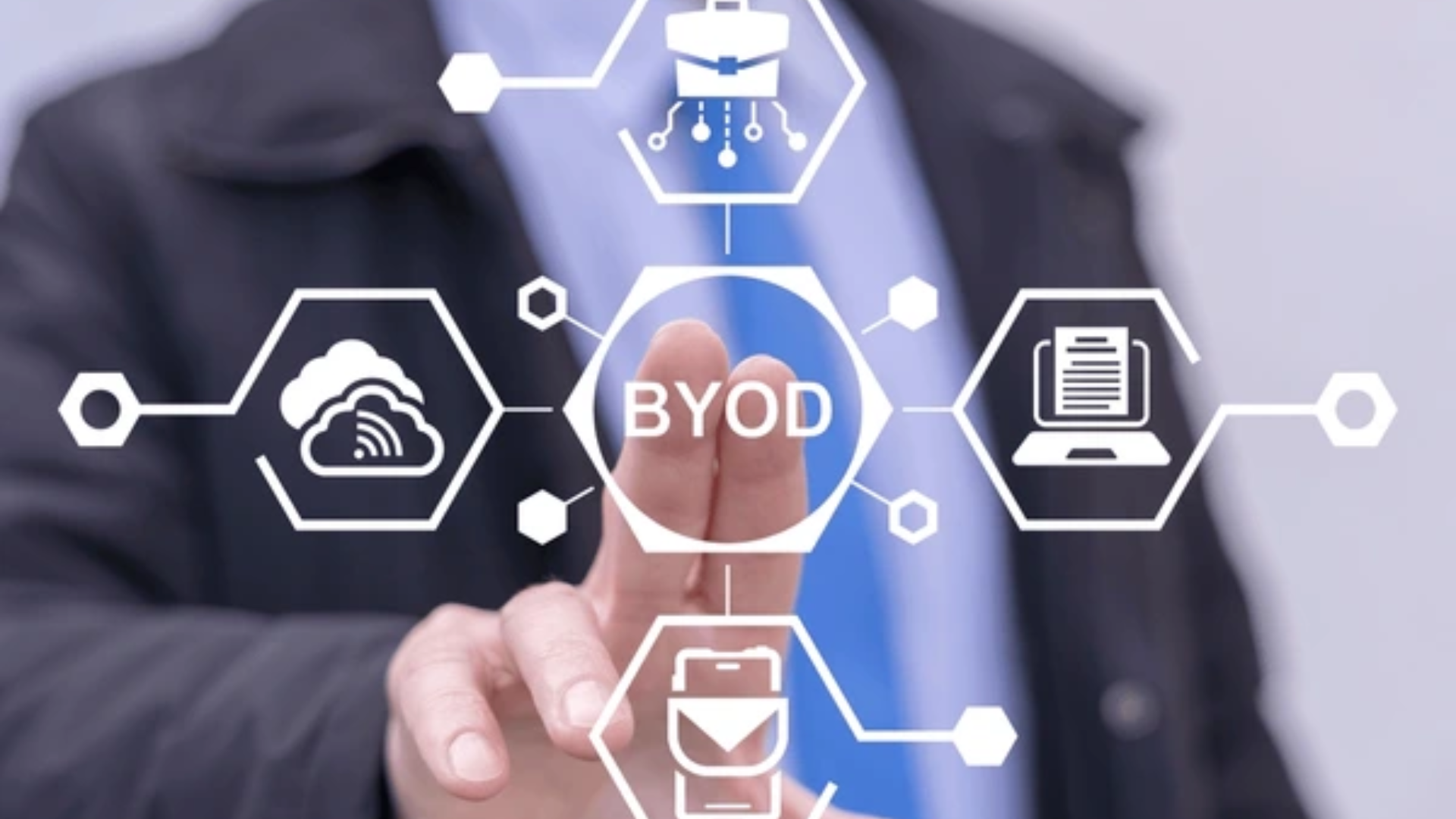With the rise of cyber threats and data breaches, having a robust information security management system (ISMS) is essential. Two of the most recognized standards in this domain are ISO 27001 and ISO 27002.
But what sets them apart?
We will explore the differences between ISO 27001 vs ISO 27002, helping you understand their definitions, certification processes, and how they work together to strengthen your organization’s information security framework.
Let’s dive in!
Overview of ISO 27001 and ISO 27002 standards
What is ISO 27001?
ISO 27001 is an international standard that outlines the requirements for establishing, implementing, maintaining, and continually improving an Information Security Management System (ISMS). Created by the International Organization for Standardization (ISO), this standard guides businesses in handling security risks by identifying and addressing potential threats.
ISO 27001 is particularly focused on risk management, requiring organizations to assess their information security risks and take appropriate measures to mitigate them.
Achieving ISO 27001 certification demonstrates an organization’s commitment to maintaining high information security standards and enhances its reputation among customers, partners, and stakeholders.
What is ISO 27002?
While ISO 27001 sets the framework for an ISMS, ISO 27002 serves as a practical guide providing best practices for implementing the information security controls identified in ISO 27001.
ISO 27002 focuses on specific security measures, such as physical security, access control, and data protection. It complements ISO 27001 by offering detailed recommendations for organizations looking to implement security controls and improve their overall security posture.
In essence, while ISO 27001 establishes the “what” and “why” of information security management, ISO 27002 provides the “how.”

ISO 27001 vs ISO 27002
When comparing ISO 27001 and ISO 27002, it’s essential to understand their distinct roles in information security management.
| ISO 27001 | ISO 27002 | |
| Purpose | Establishes requirements for an Information Security Management System (ISMS) | Provides best practice guidelines for implementing information security controls |
| Certification | Can be certified by an accredited body | No certification available; serves as a guidance document |
| Focus | Management framework and risk management | Specific controls and best practices for information security |
| Risk assessment | Requires a formal risk assessment process | Offers guidance on implementing controls based on risk assessment findings |
| Structure | Outlines requirements for the ISMS, including objectives, scope, and processes | Details security controls across various categories, such as physical security, access control, and incident management |
| Implementation | Emphasizes establishing and maintaining an ISMS | Focuses on practical steps for implementing security measures |
| Scope | Applicable to any organization seeking to manage information security | Provides comprehensive guidance but does not establish specific requirements |
| Continuous improvement | Encourages ongoing evaluation and improvement of the ISMS | Promotes best practices for continual enhancement of security controls |
| Documentation | Requires specific documentation as part of the ISMS | Offers recommendations for documentation related to security controls |
| Target audience | Organizations looking to achieve certification for information security management | Organizations seeking to implement best practices for information security without the need for certification |
In short, ISO 27001 and ISO 27002 are complementary standards that together create a robust framework for managing information security.
Understanding the ISO 27001 certification process
Steps in achieving ISO 27001 certification
The ISO 27001 certification process involves several key steps to ensure that an organization meets the standard’s requirements:

- Planning and preparation – Understand ISO 27001 requirements, create a plan, and involve top management.
- Performing gap analysis – Assess current security practices to identify gaps compared to ISO 27001 standards.
- Implementing the management system – Develop an Information Security Management System (ISMS) and put security controls in place.
- Conducting internal audits – Review the ISMS internally to ensure it meets ISO 27001 requirements and fix any issues.
- Management review – Top management evaluates audit results and decides on necessary improvements.
- Certification audit – An accredited body audits your ISMS for compliance. If successful, you receive the certification.
- Surveillance audits – Regular audits (typically annually) ensure ongoing compliance with ISO 27001.
Benefits of ISO 27001 certification
Achieving ISO 27001 certification offers numerous advantages – which outweigh the cost of getting ISO 27001 certified:
- Enhanced reputation: Certification demonstrates a commitment to information security, boosting trust among customers and stakeholders.
- Competitive advantage: In a marketplace where data security is increasingly important, ISO 27001 certification can differentiate your organization from competitors.
- Legal compliance: Meeting the ISO 27001 standard can help ensure compliance with various legal and regulatory requirements related to data protection.
- Improved risk management: The certification process encourages organizations to identify and manage information security risks effectively, leading to better overall risk management.
- Streamlined processes: Establishing an ISMS often results in improved internal processes and greater efficiency in managing information security.
Understanding the ISO 27002 code of practice
Guidelines provided by ISO 27002
ISO 27002 outlines a broad range of security controls that organizations can adopt to mitigate information security risks. These guidelines are designed to address various aspects of security and are categorized into key areas such as:
- Information security policies: Set clear company-wide rules on how to manage and protect information.
- Asset management: Identify, organize, and secure all information assets like data, hardware, and software.
- Access control: Decide who can access sensitive information, making sure only authorized people can see or change it.
- Physical and environmental security: Protect the physical spaces where sensitive data is stored, like server rooms and offices.
- Operational security: Use measures like backups, malware protection, and incident response to keep data safe during daily operations.
- Communications security: Protect data when it’s sent over networks, ensuring it stays private and secure.
- Supplier relationships: Make sure third-party suppliers follow your security rules to avoid data breaches from outside sources.
- Incident management: Create a plan to detect, report, and handle security incidents to minimize damage and prevent future risks.
ISO 27002 doesn’t mandate which controls an organization must adopt. Instead, it provides a flexible set of recommendations that organizations can adapt based on their unique security needs and risk profile.
Benefits of implementing ISO 27002 Code of Practice
Implementing the ISO 27002 code of practice brings several key benefits to organizations:
- Better security: ISO 27002 provides a full set of security controls that help protect your data from threats like data breaches and cyberattacks.
- Custom security solutions: ISO 27002 lets companies pick the security measures that fit their specific risks and needs, making it both practical and cost-effective.
- Works with ISO 27001: ISO 27002 helps organizations meet the requirements of ISO 27001 by providing clear steps to follow, making certification easier.
- Builds trust: Using ISO 27002 shows that your business is serious about security, which can improve your reputation and build trust with customers.
- Legal compliance: ISO 27002 helps companies meet legal requirements for data protection, like GDPR and HIPAA, lowering the risk of penalties.
- Faster response to incidents: ISO 27002 focuses on handling security incidents quickly, reducing damage and downtime while helping prevent future problems.
How ISO 27001 and ISO 27002 work together
The relationship between ISO 27001 and ISO 27002 is symbiotic – they complete each other. ISO 27001 sets the foundation for an organization’s information security management system, while ISO 27002 provides specific guidelines and best practices to implement the necessary controls effectively.
Together, they create a cohesive framework that allows organizations to build a robust security posture.
For instance, as organizations work through the ISO 27001 certification process, they can refer to ISO 27002 for guidance on implementing specific controls related to physical security, access management, and data encryption.
By integrating both ISO 27001 and ISO 27002 into their information security strategy, organizations can achieve comprehensive management standards of information security risks.
Get ready for ISO 27001 in 2 weeks with Esevel
For businesses navigating the complexities of information security management, turning to established frameworks like ISO 27001 and ISO 27002 can provide the clarity and direction needed to protect sensitive data effectively.
If your company is considering ISO 27001 certification or needs guidance on implementing the controls, working with an experienced ISO 27001 consultant can make all the difference. At Esevel, we specialize in streamlining IT management for businesses with distributed teams, including support for ISO certification.
We’re here to help you safeguard your company’s data, ensure compliance, and strengthen your security posture—ensure you are ready for ISO 27001 in 2 weeks!
Ready to enhance your security and protect your information assets?







